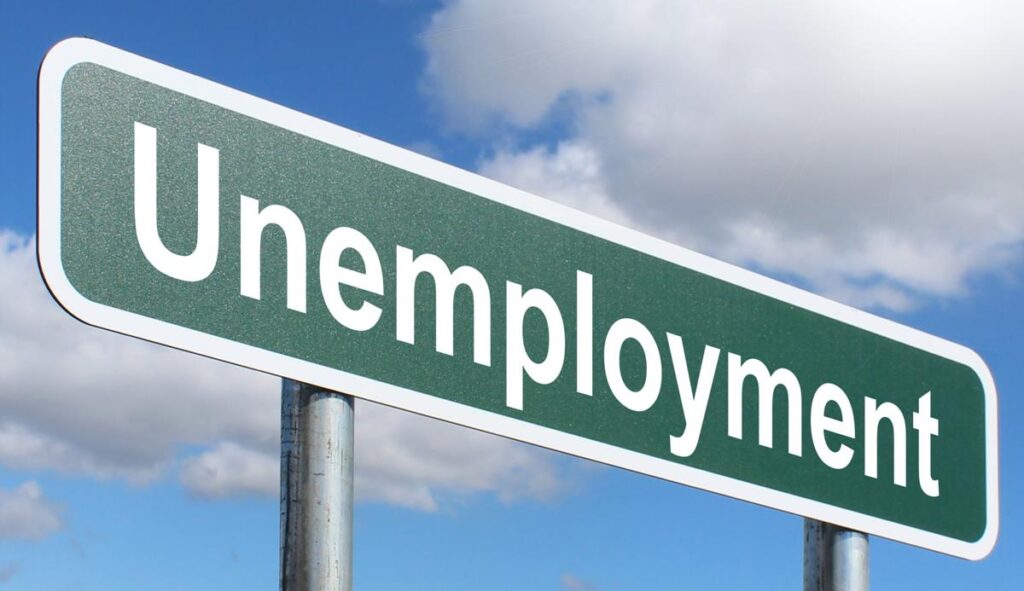
The pandemic is largely over. Now, the challenge is to revive the economy.

In practical terms, that means transitioning from policies supporting people who are out of work to policies encouraging people to get back to work. There is a fierce national debate about how fast to transition. Connecticut is on the wrong side of the debate – and cannot afford to be.

The number of workers in the state’s workforce has plummeted during the pandemic by 188,000 since February 2020, according to federal statistics. This is a drastic 9.7 percent decline, by far the biggest drop in the nation. Only three other states have had declines over 5 percent.
These are workers who are not looking for work or who have left the state.

As drastic as it is, the workforce decline is not the entire story. Connecticut’s 8.1 percent unemployment rate is the fifth highest of the 50 states – that’s 141, 000 unemployed workers (who are looking for work and receiving benefits, and, therefore, are counted as part of the workforce). That’s about double the number of unemployed workers pre-pandemic.

Combining these effects leaves current Connecticut employment at about 1.6 million. or only about 83 percent of the state’s civilian workforce of 1,930,000 before the pandemic. Connecticut’s economy is in dire straits.
Yet, Biden administration policy discourages work, and Governor Lamont is going along. Biden’s $1.9 trillion American Rescue Plan (ARP) extended the special pandemic-time unemployment insurance supplement ($300 per week on top of normal unemployment benefits) from March 14 to September 6, 2021.
Many, if not most economists, think that the supplemental benefit makes overall unemployment benefits so generous that unemployed workers think they make more in benefits that they can earn working. Employers report difficulty in hiring.
This argument is so compelling that most states have decided to end participation in the supplemental benefits program, first, because the supplement is encouraging holdouts who could and should be working.
Second, ending the supplement reduces financial pressure on states for their share of unemployment insurance. While the federal government is paying the entire supplemental benefit, states must pay their usual share of regular benefits, which, of course, are an inseparable part of the generous combined package.
In actuality, the states themselves do not pay their share from general funds, but rather levy a special tax on employers to do so.
States levy a charge on businesses during good economic times to build up an unemployment insurance trust fund to pay unemployment benefits during bad times. When those trust funds are exhausted, states borrow from the federal government, which triggers federal and state laws increasing the tax rate on businesses in order to repay the loans.
Understandably, the shutdown occasioned by COVID-19 was not just “bad times,” so some states have had to borrow heavily. Yet now these states must pay back Uncle Sam, and that means higher taxes on business, which is yet another economic drag.
According to the U.S. Treasury, 20 states have borrowed about $52 billion from Uncle Sam, including $725 million borrowed by Connecticut. The 20 are mostly blue states which are continuing to pay the supplemental unemployment benefit.
The longer workers remain on the unemployment rolls, the bigger the bill becomes.
Equifax reports that, after the Great Recession, the national average state unemployment insurance tax on businesses increased more than 50% from 2.3% to 3.5% in 2011 and took six years to decline to pre-Recession levels. So, Connecticut businesses face a substantial increase.
Thankfully, the General Assembly increased the amount of federal pandemic relief funds to be used to repay the state’s $725 million to $310 million, up from the miserly $50 million Gov. Lamont had budgeted. But that still leaves $415million to be repaid and the need to rebuild the state’s exhausted trust fund – all on the back of business which will have to pay an extra levy to do so.
So much for the ins and outs of the unemployment insurance system. The more fundamental problem is the dangerous decline in the state’s workforce. While the state’s fifth highest unemployment rate is bad news, at least these 141,000 people are looking for work.
If the 188,000 workers who have dropped out of the workforce are discouraged, there’s hope they will become encouraged again. However, if they have migrated to another state, that is a disaster for the state economy.
Such outmigration would wipe out – many times over – the state’s anemic population growth of 30,000 from 2010 to 2020. That growth constituted just less than one percent, the fourth slowest pace amongst the 50 states and the slowest in the Northeast.
Lamont seems to grasp the situation, since he has instituted a state-funded program offering signing bonuses to workers who return to work. But that’s like hitting the gas when you still have your foot jammed down on the brake. The Governor needs to take his foot off the brake – end the supplement immediately. In no way can Connecticut afford it.
![]()
Red Jahncke is a nationally recognized columnist, who writes about politics and policy. His columns appear in numerous national publications, such as The Wall Street Journal, Bloomberg, USA Today, The Hill, Issues & Insights and National Review as well as many Connecticut newspapers.

